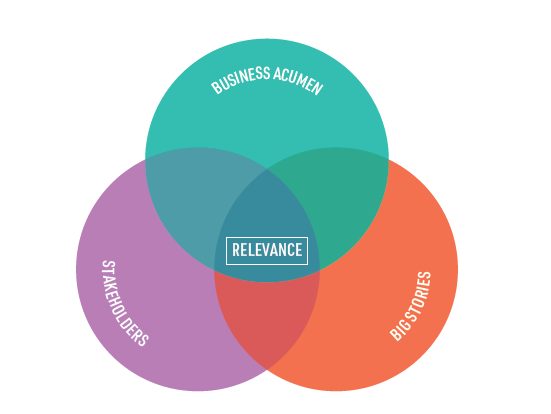STRATEGIC PLAN 2020-2022
Vision
The World’s Most Relevant Natural History Museum
Mission
To find inspiration in our collections and advocate for a sustainable future.
Carnegie Museum of Natural History is a leader in thinking about our rapidly changing world. While concerns about climate change and loss of wildlife habitats are growing, advances are being made to understand the value of nature for biotechnology and other scientific advances. Many of the solutions the world needs are better addressed when science and public awareness come together. Our institution provides a perfect forum to blend robust scholarship with compelling community engagement. In doing so, we strengthen the organic ties between society and nature. We need a roadmap to do this, to ensure that we are empowered to operationalize our institutional vision and mission. This strategic plan provides that roadmap.
In the 2020-2022 Strategic Plan, we aim to:
- • Transition CMNH from a consolidation phase in our business life cycle to one of growth.
- • Create a planning document that represents a useable tool for doing this.
We have developed a process that will ensure a seamless connection between philosophy and end results. The model (below) is based on the vision of relevance. This is a philosophical construct designed as a foundation for further thinking. Three elements form the basis of the framework on relevance. These are: 1) Telling big stories, those that resonate with our guests and other customers, 2) Treating those stakeholders as individuals, recognizing that each person who engages with us has her or his own way of interacting with us, as well as unique needs, drivers and expectations, and 3) Demonstrate business acumen, recognizing that in order to engage properly with our mission-driven activities, we must have sufficient resources.
This model prompts us to ask high-level questions about the fundamental aspects of our most important issues. How will societies respond to pervasive climate change? How will we welcome people who need reduced sensory input? Or people who speak in another language? How can we achieve these things while maintaining ongoing business sustainability?

